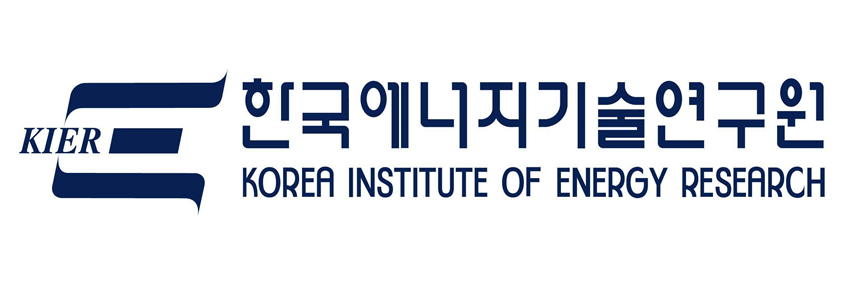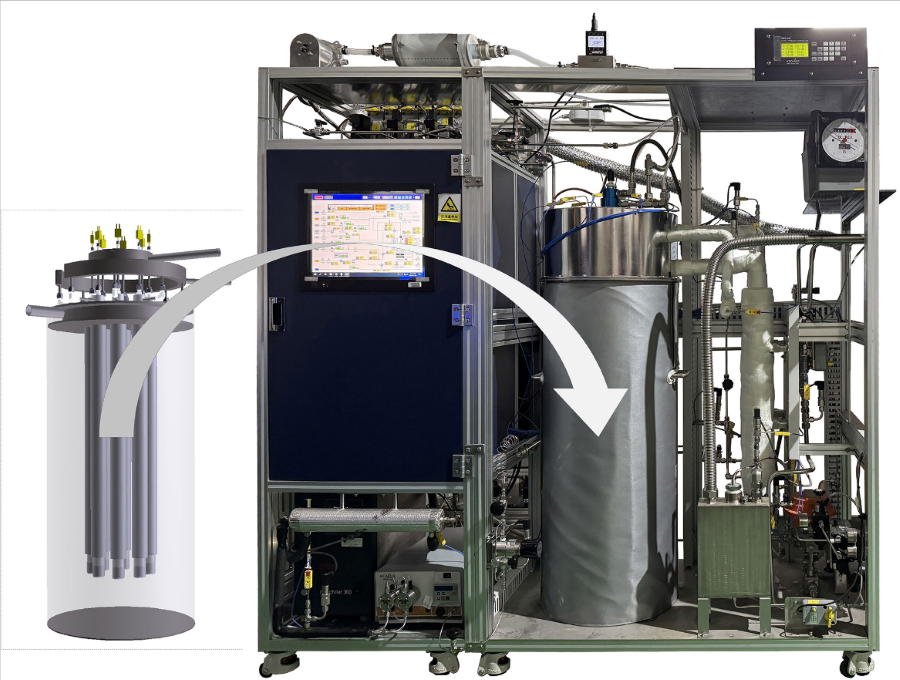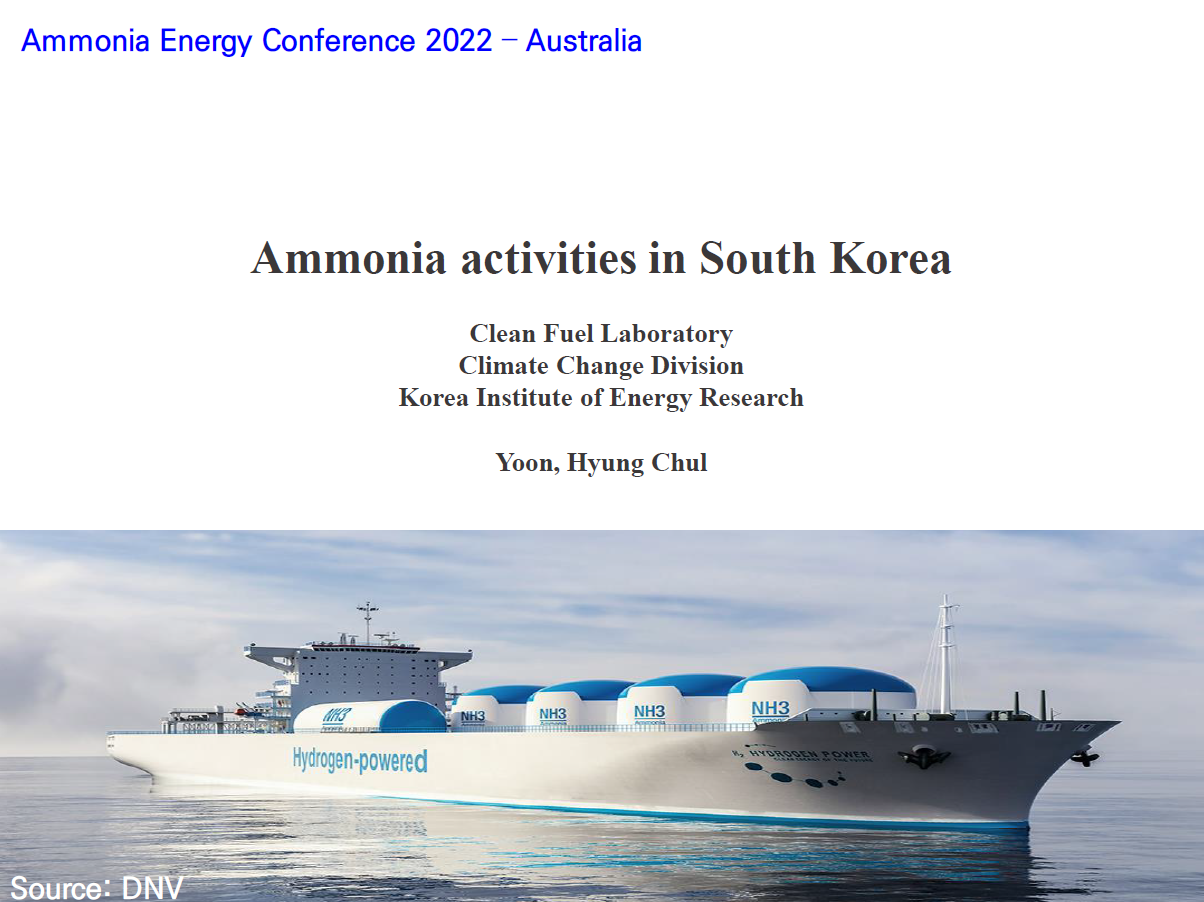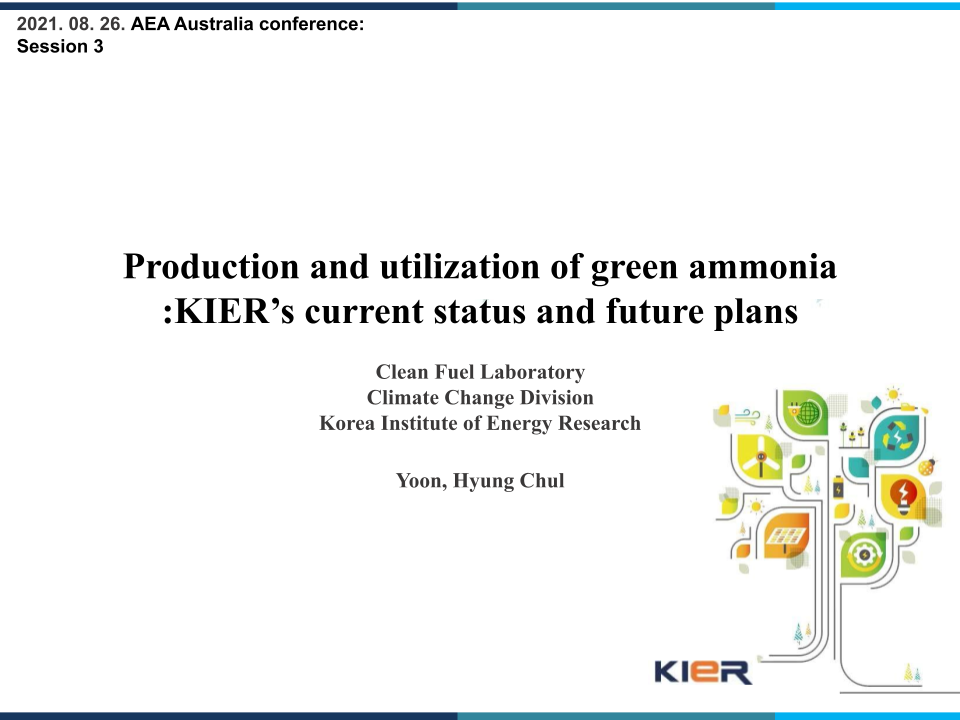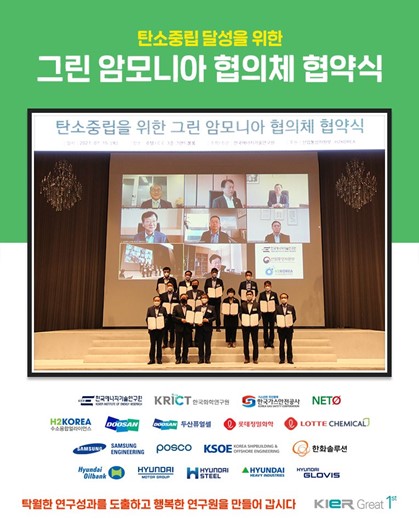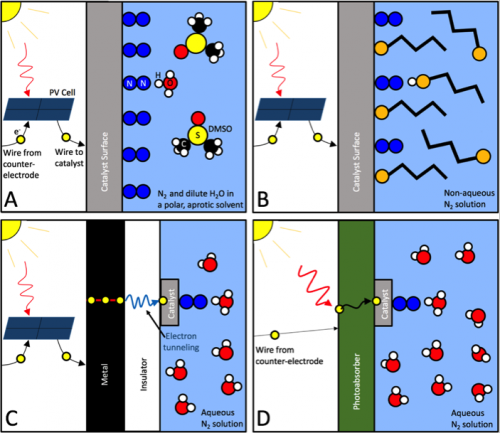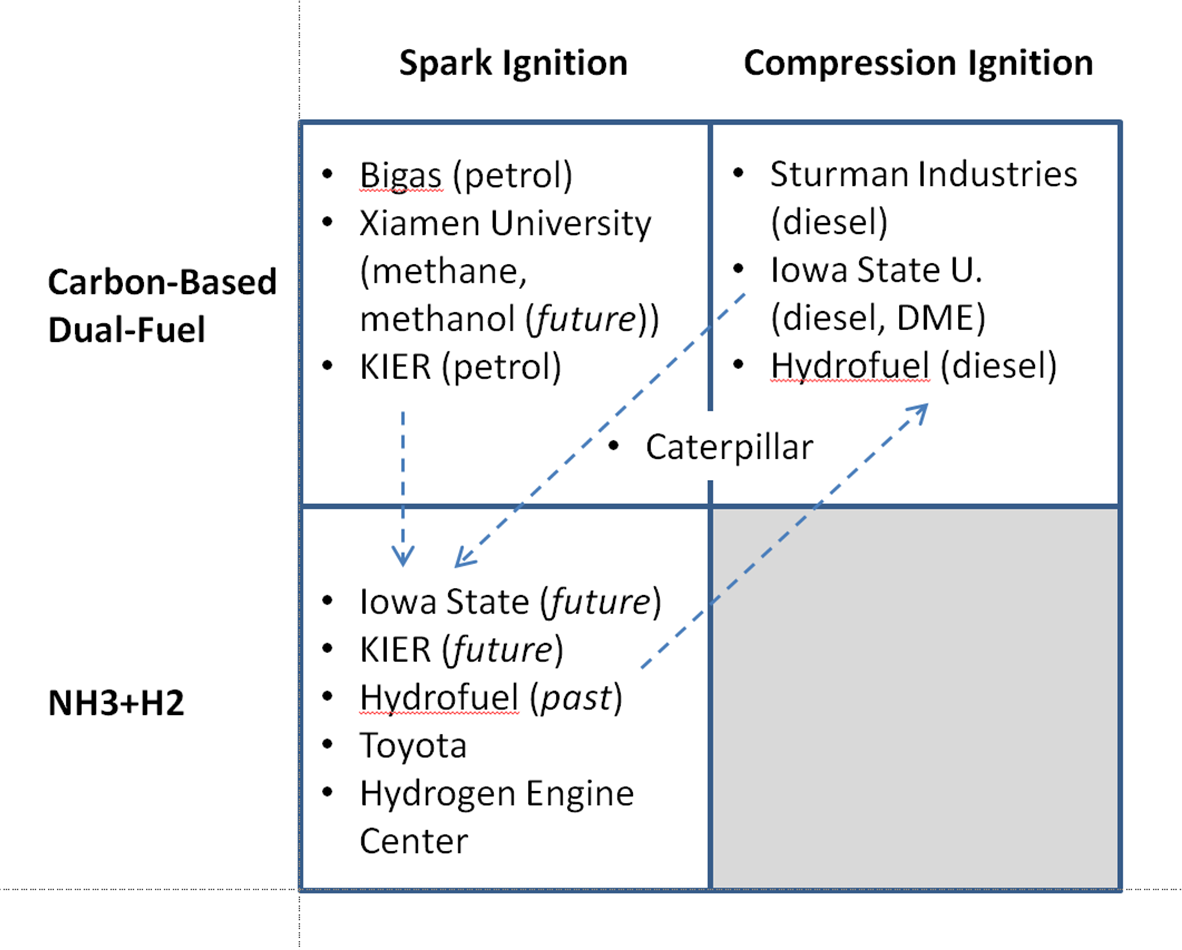When it comes to ammonia energy & Australia, the persistent theme for a few years now has been exports, exports, exports. But, does a domestic hydrogen & ammonia industry present the opportunity for Australia to move on from a “dig and ship mentality”? Can Australia develop an equivalent of the METS industry, providing the expertise, technology and services required to get more projects up-and-running overseas?
To explore these big questions, we welcome a terrific discussion panel: Cindy Lim (Keppel Infrastructure), Olivia Brace (Advisian), and Tim Rogers (Trafigura Group), and chair Penelope Howarth (Department of Foreign Affairs and Trade). And - in the session before we launch into discussion - we will hear updates from some of our key ammonia energy allies in APAC. Shigeru Muraki (CFAA, Japan), Hyung Chul Yoon (KIER, Korea) and Kashish Shah (IEEFA, India) will dial-in virtually to present the latest from their home countries. Join us in-person or online, and purchase your tickets by this Friday 5 August to secure the extended early-bird rate.
